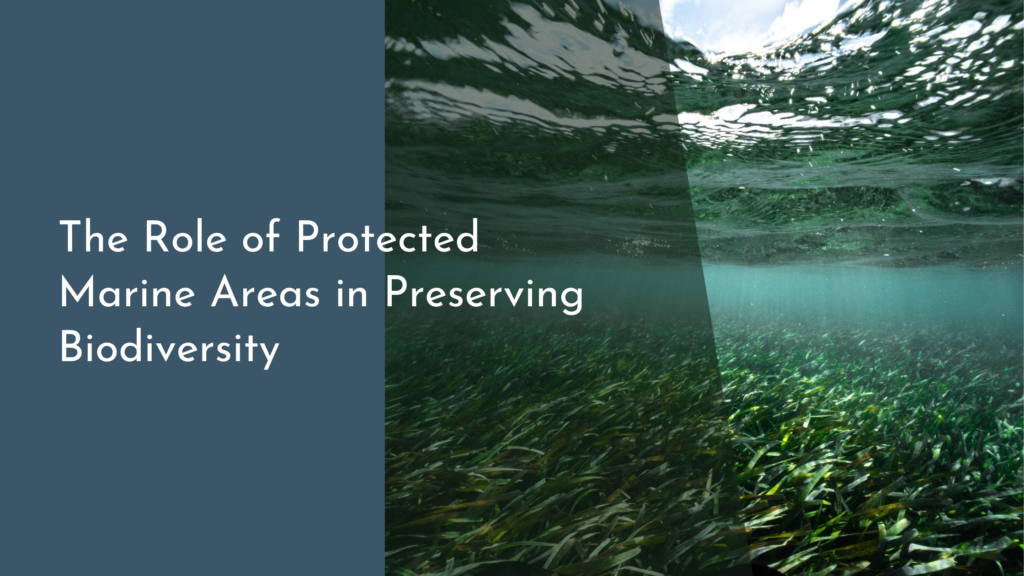How Brands Use Eco-Friendly Packaging to Build Loyalty
In today’s environmentally conscious world, businesses are increasingly turning to eco-friendly packaging as a strategic tool to gain consumer loyalty. As the demand for sustainable practices grows, brands are recognizing that offering green solutions not only benefits the planet but also enhances their brand image and strengthens customer relationships. This article explores the rise of eco-friendly packaging, highlights the key benefits, showcases brands that are at the forefront of the green movement, and provides practical tips for companies looking to adopt sustainable packaging practices.
Understanding the Rise of Eco-Friendly Packaging
The surge in eco-friendly packaging has its roots in growing consumer awareness about environmental issues and the impact of waste on our planet. As more people become mindful of their purchasing decisions, they tend to gravitate towards brands that demonstrate a commitment to sustainability. This shift in consumer preferences has prompted companies to re-evaluate their packaging strategies, leading to the rapid adoption of sustainable materials and innovative design solutions.
Moreover, the rise of stringent regulations and policies regarding waste management and carbon emissions has compelled businesses across industries to seek eco-friendly alternatives. Governments worldwide are implementing measures to reduce plastic waste and encourage recycling, thus encouraging brands to align with these initiatives. This alignment not only helps companies avoid potential penalties but also positions them as environmentally responsible, appealing to eco-conscious consumers.
Key Benefits of Sustainable Packaging Solutions
One of the primary benefits of sustainable packaging is its positive impact on brand image and reputation. Consumers are more likely to support brands that prioritize the environment, and using eco-friendly packaging is a visible way to demonstrate this commitment. It creates a positive association with the brand, fostering a sense of trust and loyalty among customers who value sustainability as part of their purchasing criteria.
Additionally, sustainable packaging can lead to cost savings in the long run. Although the initial investment in eco-friendly materials may be higher, these solutions often result in reduced waste and lower transportation costs due to their lightweight nature. Over time, the operational savings from decreased material usage and improved logistics can offset the initial expenses, providing financial benefits to the company while simultaneously contributing to environmental conservation.
Case Studies: Brands Leading the Green Revolution
One notable example of a brand leading the charge in eco-friendly packaging is Lush Cosmetics. Known for its commitment to sustainability, Lush has implemented a variety of packaging solutions, including reusable tins, compostable materials, and minimalistic designs that eliminate the need for excessive packaging. By prioritizing eco-friendly practices, Lush has cultivated a loyal customer base that values ethical and sustainable products.
Another brand making strides in sustainable packaging is IKEA, which has been actively working to phase out single-use plastics and transition to renewable and recycled materials. By 2025, the company aims to ensure all its packaging is made from renewable or recycled sources. This ambitious goal has not only reinforced IKEA’s reputation as an eco-conscious brand but has also inspired other companies to follow suit in adopting more sustainable practices.
Tips for Implementing Eco-Friendly Packaging Strategies
For brands looking to incorporate eco-friendly packaging, a comprehensive assessment of current packaging practices is an essential first step. This involves analyzing the materials used, identifying areas for improvement, and exploring viable sustainable alternatives that align with the brand’s values and goals. By conducting a thorough evaluation, companies can develop a tailored strategy that addresses their specific needs and sustainability objectives.
Innovating packaging design is another effective way to implement eco-friendly strategies. Brands should consider using biodegradable materials, reducing packaging size, and exploring reusable options that enhance the product’s lifecycle. Collaborating with suppliers who share a commitment to sustainability can also facilitate the adoption of greener practices, ensuring a cohesive approach throughout the supply chain.
Adopting eco-friendly packaging is more than just a trend; it is an essential component of building brand loyalty in the modern marketplace. As consumers become more environmentally conscious, brands that prioritize sustainable practices will be better positioned to win their trust and support. By understanding the benefits, learning from industry leaders, and implementing thoughtful strategies, companies can not only contribute to a healthier planet but also secure a loyal customer base that values their commitment to sustainability.

